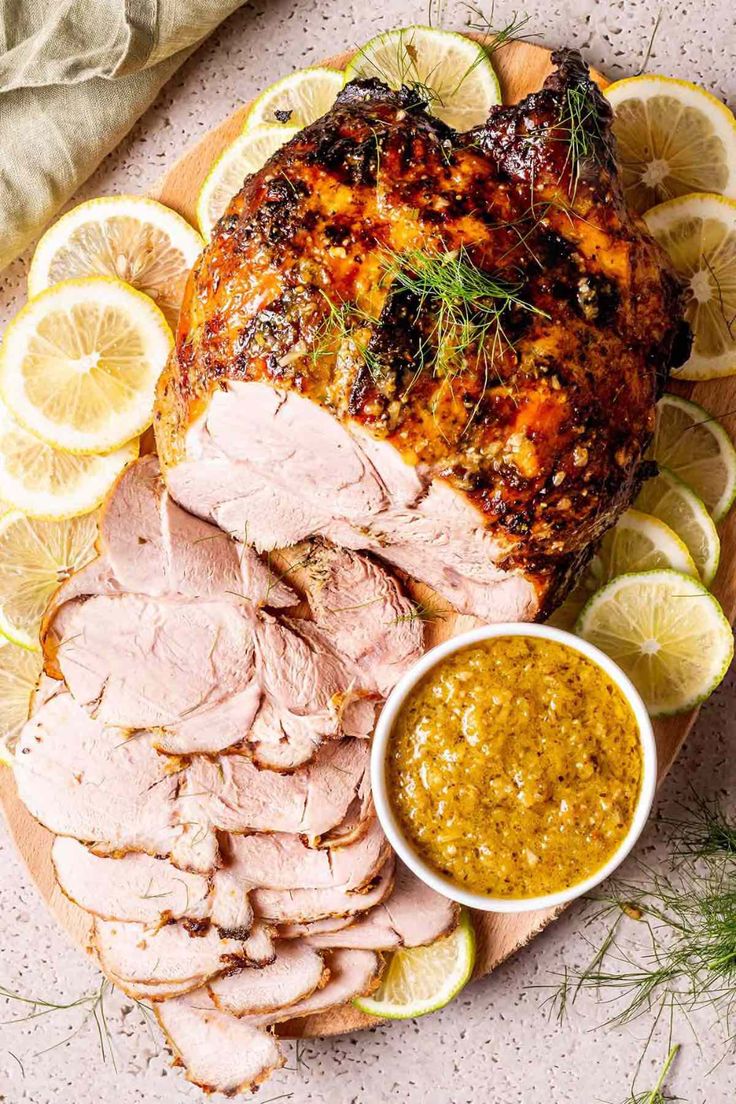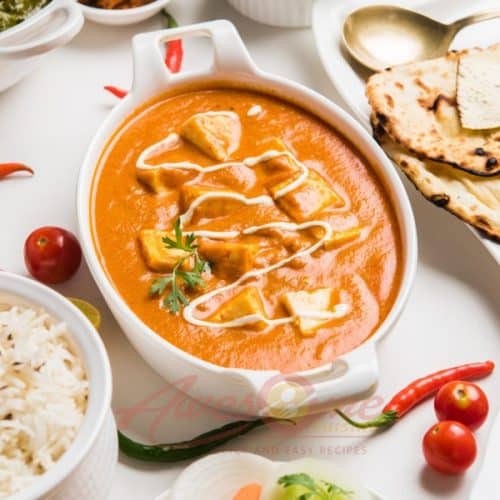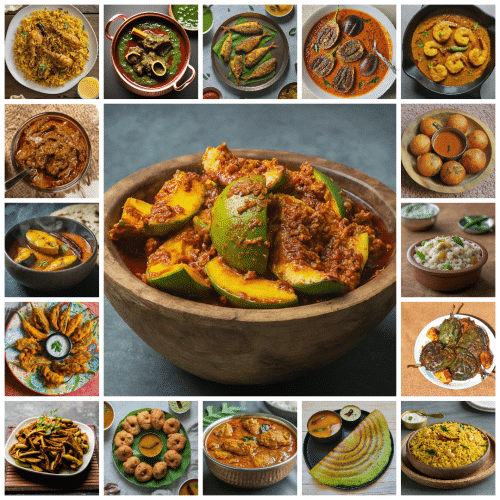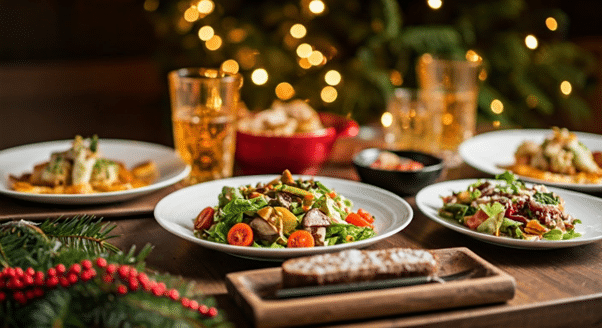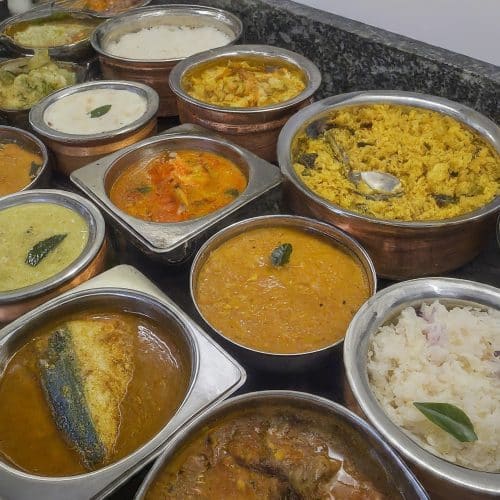Traveling unravels unfamiliar worlds, and one of the best ways to immerse oneself in these new worlds is through their cuisine. When it comes to the cuisine of the Philippines, embracing its rich Filipino culture and culinary experience is a must.
The country’s food culture is deep-rooted, diverse, and indeed a treat to your palate. Drawing heavily from Spanish, Indian cuisine, Chinese, and the Malay Kingdoms’ cuisines, Filipino food, including many traditional dishes, tends to be an adventure in every bite.
This blog takes you on a gastronomic journey through the Philippines, highlighting some iconic dishes you shouldn’t miss, how they are influenced by various cultures, and their ingredients’ singularity. Let’s introduce you to the top 9 delectable Filipino dishes to try and savour.
The Richness of Philippine Cuisine
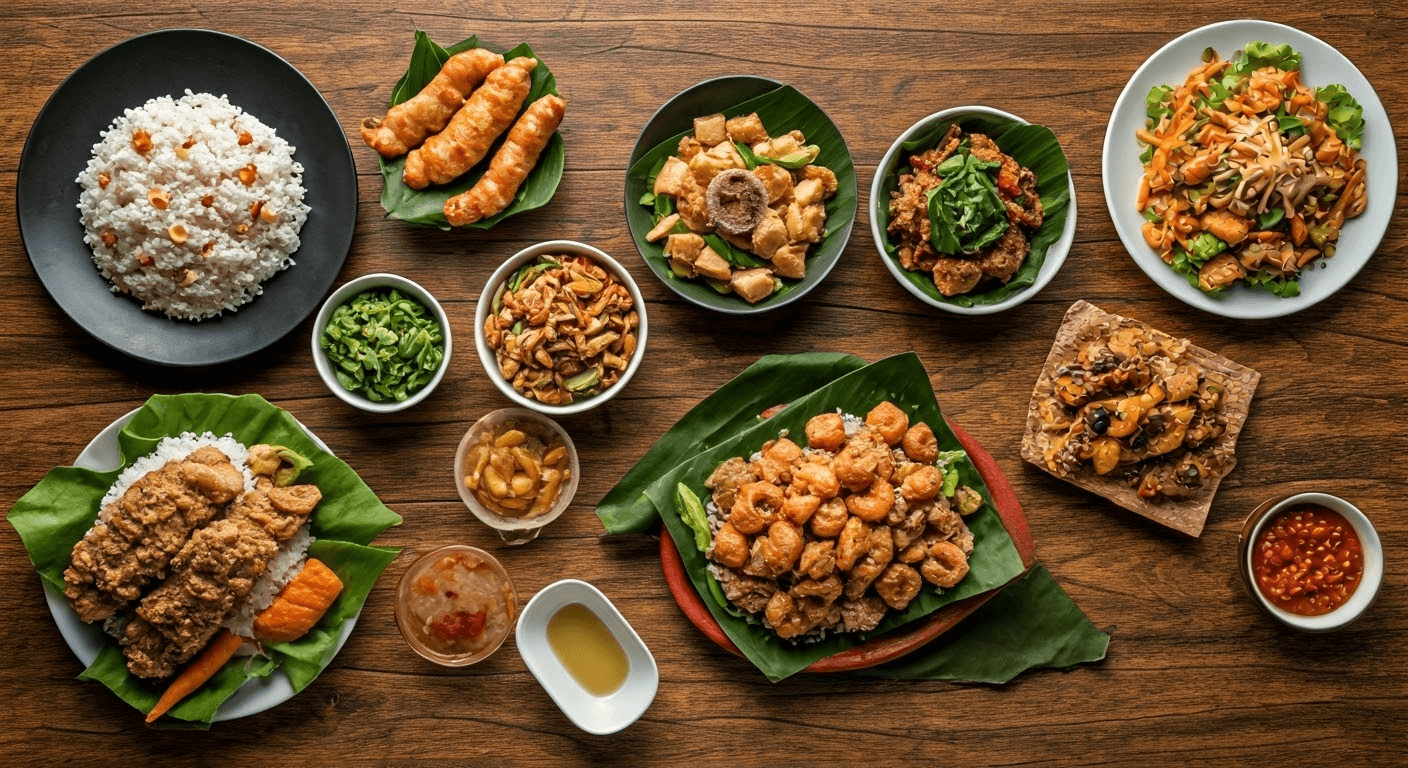
colourful spread of Filipino dishes
Filipino cuisine exhibits an alluring blend of diverse cultures, evident from the Spanish influence in the naming to the use of soy sauce, derived from Chinese traders. With coconut milk imparting creaminess to the stews, banana leaves adding a distinct aroma to the dishes, and chili peppers contributing to the heat, the cuisine is a celebration of local flavours and is one of the most delightful Asian cuisines. The cheeky interplay between sweet, sour, and umami in various dishes signifies the adventurous food spirit of the country, promising an unforgettable culinary journey.
Influences from Different Cultures
The Filipino food culture flourishes on the amalgamation of influences and adaptations from various foreign cultures. It was largely impacted during the era of the Galleon Trade, where the exchange of goods also facilitated the fusion of different food cultures into the Philippines’ culinary scene.
The most substantial influence came about during the Spanish colonization, which lasted for more than 300 years. The Spaniards introduced main ingredients like tomato, saffron, spices, and even hot dogs to Filipino cooking, along with cooking techniques like braising and sautéing. Dishes such as Adobo, Lechon, and Pancit carry Spanish names yet are indigenously Filipino at heart.
From Southeast Asia, stems the influence of coconut milk and banana leaves, as well as banana ketchup and taro leaves, used widely in preparing Filipino dishes. An abiding love for spicy food can also be attributed to these neighboring nations.
The presence of the Chinese community in Manila’s neighborhood, Binondo, is a testament to its influence on Philippine cuisine. From them, Filipinos learned the art of stir-frying and making noodle dishes like Pancit. Condiments like addition of soy sauce and fish sauce that grace Filipino tables were also from China.
Lastly, the Americans also made their mark through canned goods, hamburgers, and spaghetti. They even introduced the concept of fast food to the Philippines.
Use of Local Ingredients
Truly indigenous Filipino cuisine is shaped by the land and sea, utilizing indigenous ingredients. The country is bestowed with rich biodiversity, agricultural abundance, and abundant coastal lines providing an array of unique local ingredients used ingeniously to create flavourful dishes.
Due to its tropical climate, the Philippines has an extensive variety of fruits and vegetables. Green beans, bell peppers, green papaya, chili peppers, and bitter melon are often used in Filipino dishes, including key dishes like Pinakbet and Bicol Express.
Coconuts grow plentifully in the tropical environment of the Philippines. It is ‘the tree of life’ as every part of a coconut tree can be utilized. Coconut milk adds depth to Filipino dishes, and the use of banana leaves as a wrapper imparts a unique fragrance to the dishes.
The pork belly, or liempo, is a favorite cut of ground meat pork, including ground pork, in the nation. It’s versatile enough to be used in dishes like Lechon, Sisig, and Adobo, often served with a rich pork liver sauce. Rice, another crucial ingredient, not only accompanies meals but is also used to create festive delicacies like Bibingka and Puto Bumbong.
Surrounded by seas, the Philippines offers a plentitude of fresh seafood. Fish sauce made from fermented fish, the distinctive bagoong (shrimp paste), and delicious fish paste as well as succulent fish and shellfish feature predominantly in the cuisine.
9 Must-Try Filipino Dishes
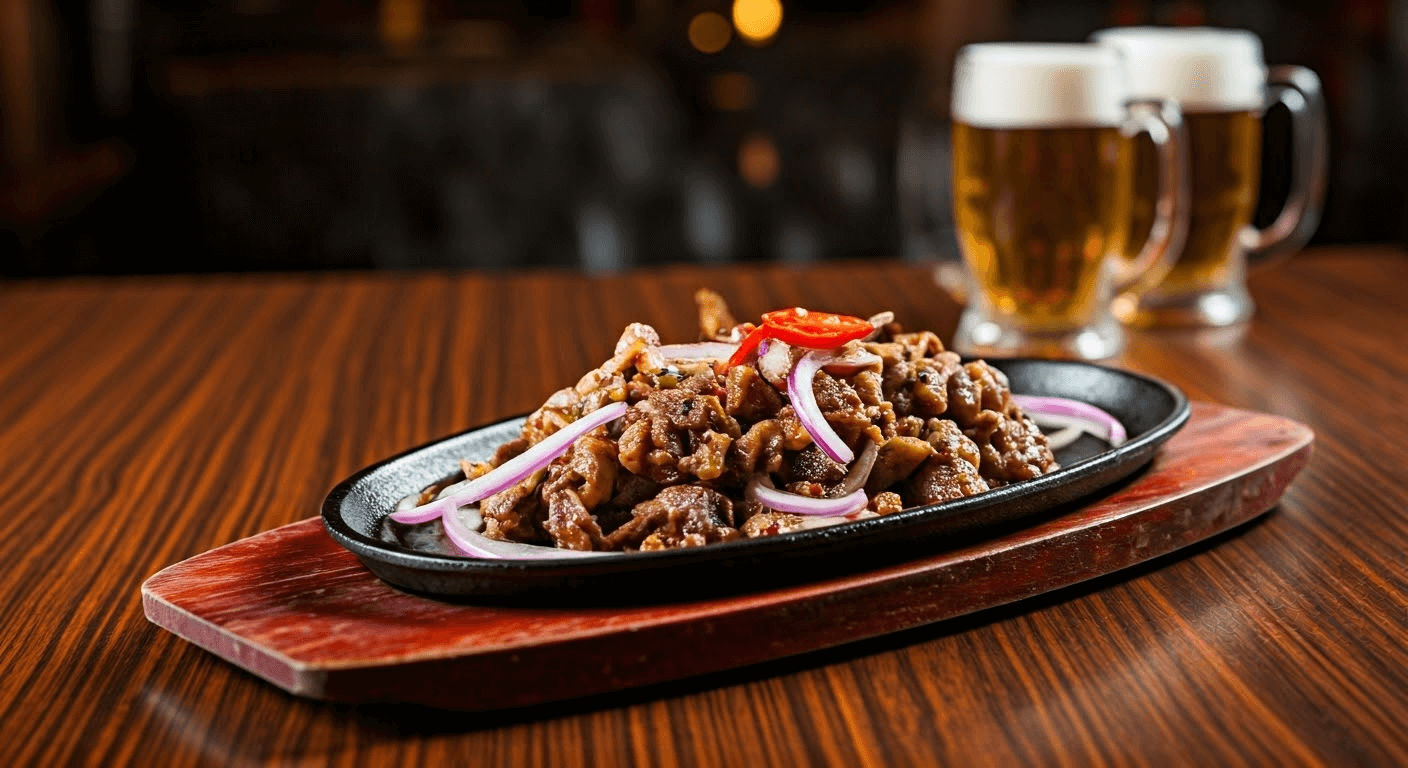
Sizzling Sisig dish
Diving into Filipino cuisine might seem overwhelming due to its vast diversity. However, there are some dishes that form the crux of this culinary tradition. This section unveils ten must-try dishes that offer a delicious insight into the Filipino food culture. From the unofficial national dish, Adobo, to the sweet delight of Halo-Halo, these dishes are embedded in the country’s history, carrying stories of cultural evolution in their flavours. Here are some popular Filipino dishes to savour.
1. Adobo
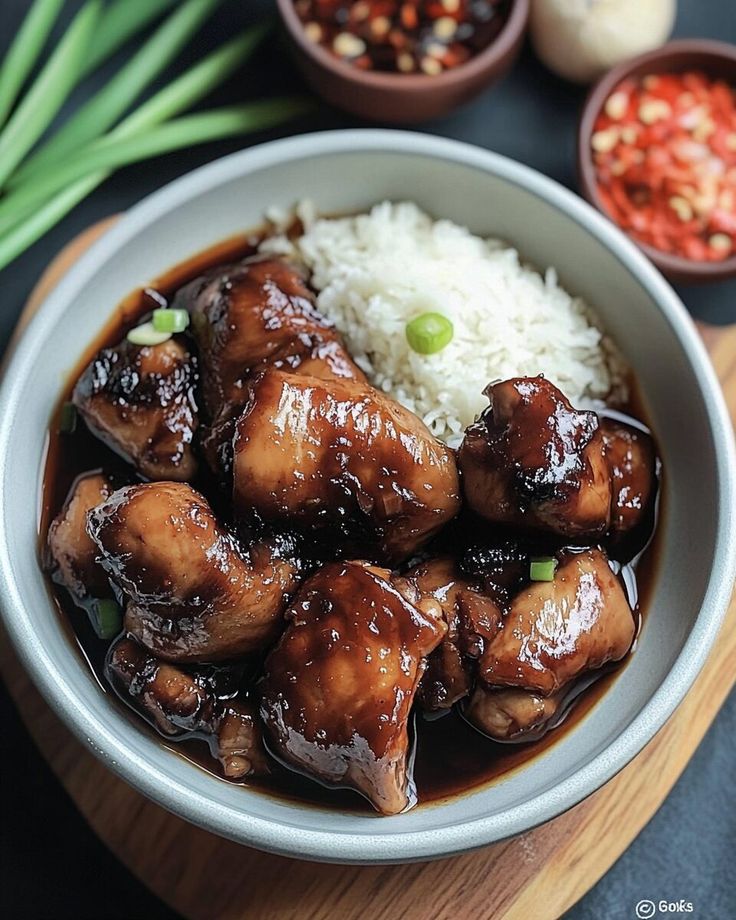
Adobo dish
Adobo, often referred to as the unofficial national dish of the Philippines, is a popular dish that every tourist must try. With Spanish influence in its nomenclature, Adobo is a true reflection of Filipino originality with a touch of foreign assimilation. It’s believed to be one of the few dishes native to the Philippines, given a Spanish name later.
This dish is a classic concoction of chicken or pork simmered in soy sauce and vinegar, imparting a distinctive tangy flavour that’s hard to resist. The addition of heaps of black pepper and crushed garlic introduces an exciting contrast in the taste playing well with the sour hints.
Ironically, Adobo is defined by its versatility—no two Adobo dishes taste the same. Every family in the Philippines has its unique way to prepare Adobo, creating an array of versions across the nation.
2. Sinigang
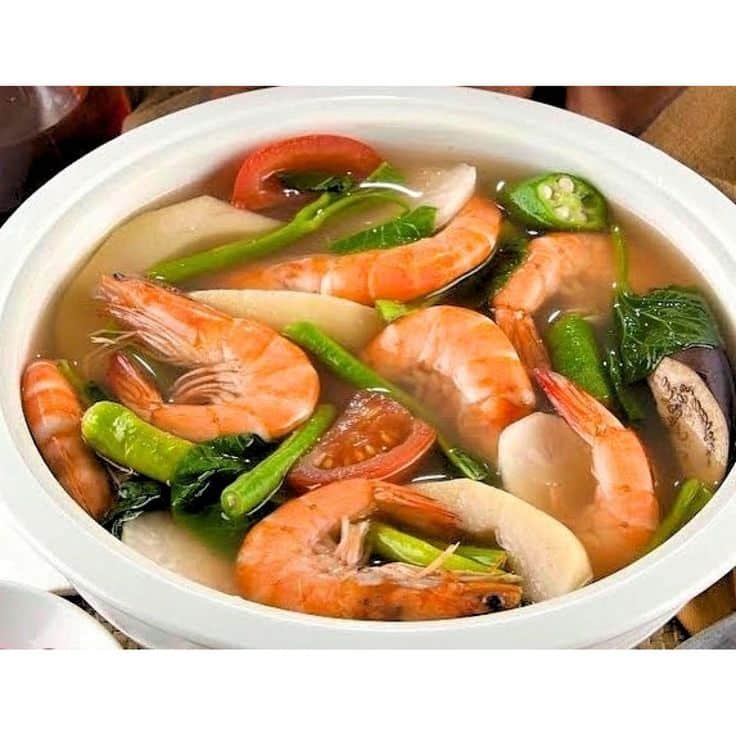
Sinigang dish
As you dive deeper into Filipino cuisine, another fascinating dish to indulge in is Sinigang—a sour and savoury stew. Often associated with tamarind, this unique blend of flavours conjures a gastronomic experience second to none.
Sinigang signifies the Filipino love for sour food. The key element in Sinigang is its presenting a heady blend of tartness and savouriness—a profiles essentially achieved with unripe tamarind or other sour-fruits like calamansi, unripe guava, green mango. This, combined with varietal meats, from fish to pork or beef, along with an array of veggies like spinach, eggplant, tomatoes, onions, and ginger render a matchless depth to its taste.
What’s more fascinating about Sinigang is its flexible palate. Depending upon what meat or seafood you prefer, Sinigang can be tailored to fit your flavour compatibility. Regardless of what goes into the saucepan, the result is an appetizing stew that can be savoured with rice or as soup.
3. Lechon
Lechon dishSource
Lechon, a Spanish-influenced dish, is synonymous with joyful celebrations in the Philippines. Deriving its name from the Spanish word ‘lechona,’ which means ‘suckling pig,’ the delicacy embodies a significant part of Filipino food traditions.
The process of preparing Lechon is captivating. A whole suckling pig is slowly roasted on an open spit-fire, uniformly spreading the heat, making the texture of the meat succulently juicy and tender while crisping up the skin irresistibly. What sets Lechon apart is the delightful crackling skin that sends sparks of flavour across your palate.
Characteristic of any fiesta (festival) in the Philippines, the presence of Lechon takes the celebrations up a notch. The dish’s aroma and visual appeal make it an uncontested star of any festive table spread. Every region and even individual households have their unique recipe for preparing Lechon, conferring a wide spectrum of delicious variations.
4. Pancit
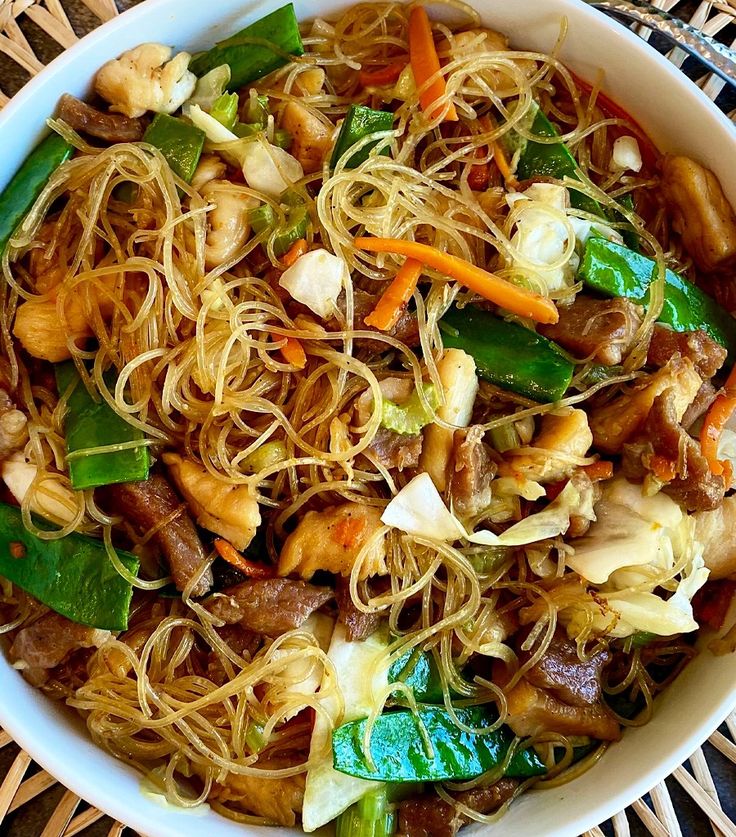
Pancit dish
Treading further into the enticing domain of Filipino cuisine, one cannot miss out on Pancit—a perfect epitome of Chinese influence on Filipino food. Pancit is a noodle dish deriving its name from the Hokkien term ‘pian e sit,’ which cryptically means ‘something conveniently cooked.’
Pancit narrates the tale of culinary evolution of a simple staple turned to gourmet. Combining noodles with a mix of meat and vegetables, each bite of Pancit beautifully intertwines the flavours of its ingredients. Although essentially made from noodles, the dish offers an array of variants. Each variant brings to the table, its unique blend of ingredients contradicting the basic presumptions about noodles being monotonous.
5. Kare-Kare
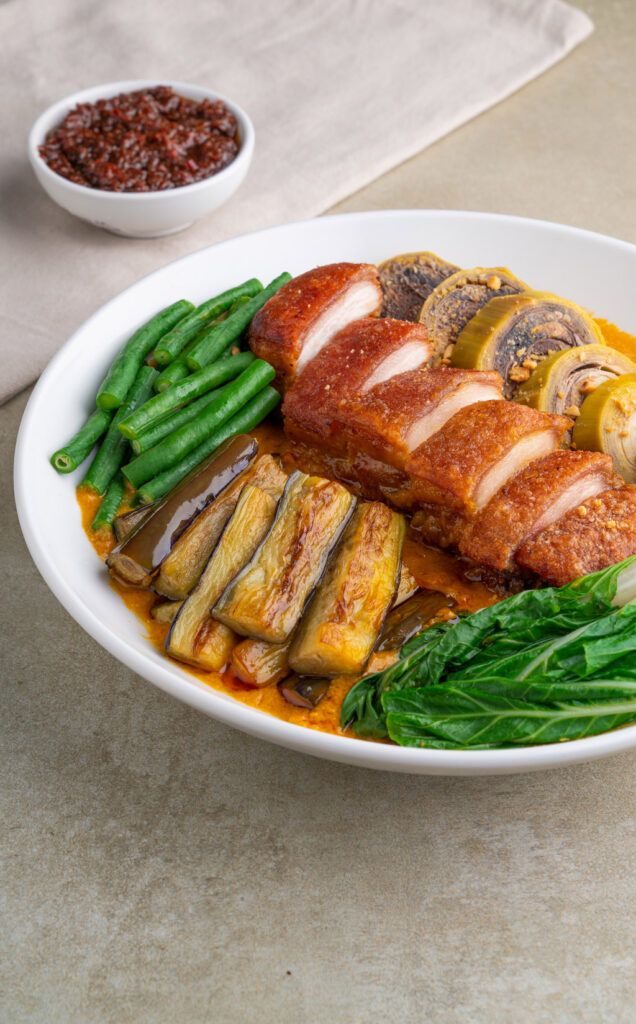
Kare-Kare dish
To the eyes unfamiliar with Filipino cuisine, Kare-Kare might appear as a typical curry, deriving its name from the Tamil word ‘Kari.’ However, it proudly stands as an indigenous dish widely loved across the country for its unique flavours and alluring textures.
Kare-Kare is a vibrant concoction of oxtail, tripe stewed in creamy ground peanuts, and toasted rice. The yellow-tinted gravy is an impressive outcome of guisado (sauteed) garlic, onions powdered annatto seed which contributes to its characteristic colour and a subtly earthy hint. With an array of vegetables such as eggplant, bok choy, or long beans, balancing the dense meatiness, Kare-Kare presents an inviting palette of flavours.
6. Inasal
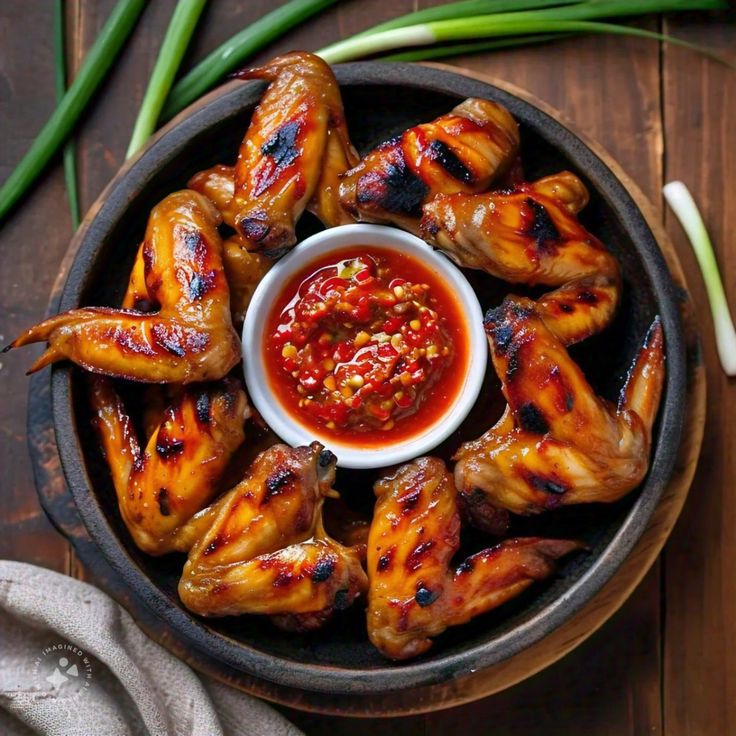
Inasal dish
Inasal— a Filipino staple street food specialty will delight those bitten by the culinary travel bug. Insasal offers a culinary trip to the Visayan islands in the Philippines, where locals have perfected this dish.
Inasal is a grilled chicken dish ethereally marinated in ginger, lemongrass, and calamansi juice. The chicken is then delicately roasted over fire and basted with annatto oil, rendering a smoky char—the key essence of Insasal. It epitomizes the intricate art of grilling common to several South East Asian countries, given an ingenious Filipino twist through the use of local citrus flavours and spice mixes.
7. Sisig
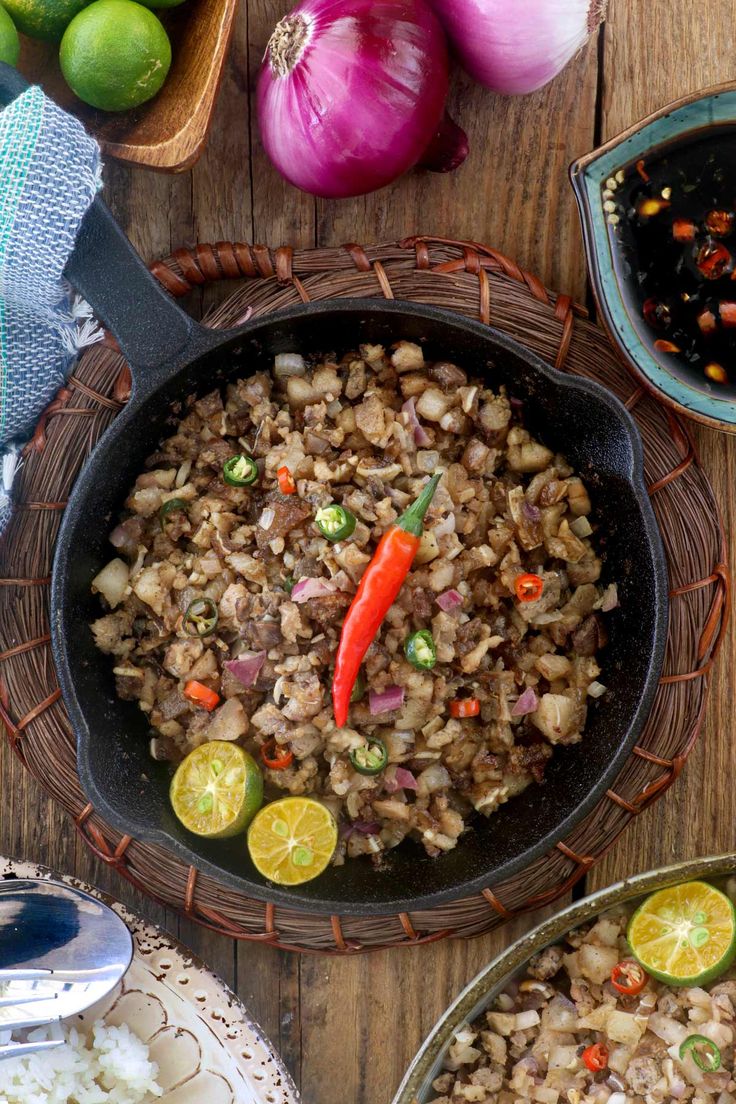
Sisig dish
Filipino cuisine has always been famous for cleverly turning the ordinary into extraordinary through creative culinary experimentation, and Sisig is a gleaming example of this ingenuity. A dish crafted from leftovers or considered ‘reject’ cuts of pork like ears, cheeks, and snout, Sisig transformed these cuts into a tantalising delicacy that even celebrity chef Anthony Bourdain acclaimed as “the best thing you could ever eat with a cold beer.”
Sisig originated from Pampanga, known as the “Culinary Capital of the Philippines,” where necessity and scarcity pushed the locals to innovate dishes from less-preferred parts of the pig. Making Sisig involves meticulously boiling, broiling, grilling, and finally chopping the pork into tiny morsels. The chopped pork undergoes a final stir-frying in hot margarine, minced garlic, onions, and chilies with the cunning addition of chicken liver that adds a unique depth to its flavours.
8. Bibingka
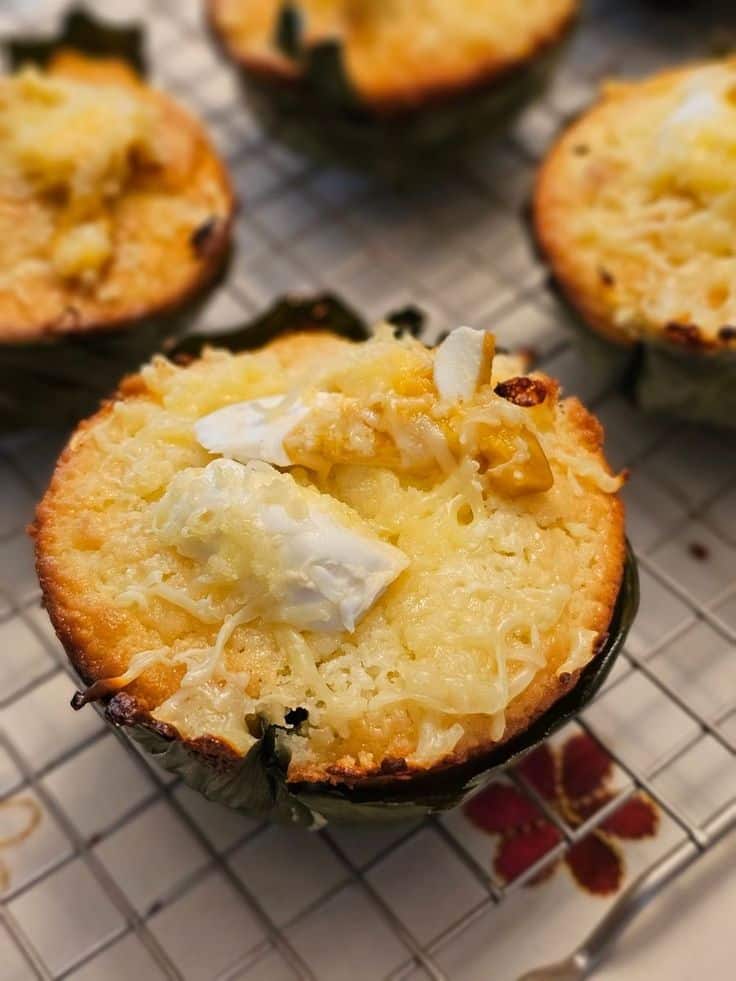
Bibingka
Filipino cuisine vouches for ‘feasting with a purpose’ by integrating traditional customs and beliefs into its food practices, especially in Filipino homes. Significant among them is the rice cake or Bibingka, which is a general term associating plain rice and white rice with festivity and spirituality.
Bibingka is a classic Filipino dessert made from glutenous rice cake, rice flour, coconut milk, and eggs. You’ll find its presence during special occasions — more specifically during the Christmas season, aligning food with Filipino cultural symbolism. Serving this sweet dish with early morning masses held in December, known as Simbang Gabi (Night Mass), Bibingka integrates culinary indulgence into religious practices.
The preparation of Bibingka involves a unique technique where the mixture is poured into a clay pot lined with banana leaves, giving a unique charm to its flavour profile. The pot is then heated above hot coals, allowing it to evenly cook.
9. Kinilaw
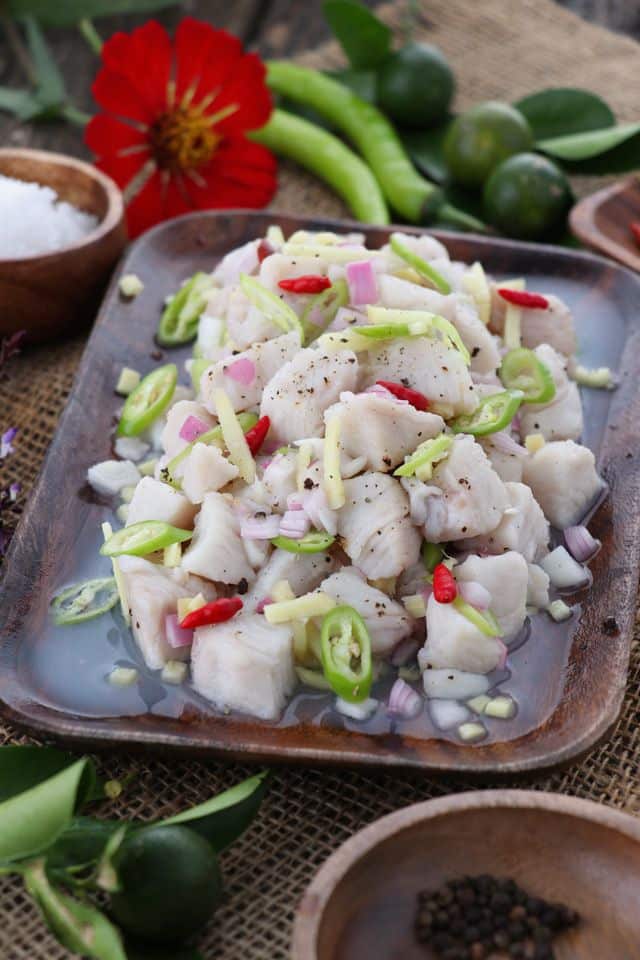
Kinilaw
Amid the savoury dishes, the tangy surprise of the Filipino culinary art comes packaged in the form of Kinilaw- a dish that traces its roots to the pre-colonial era.
Kinilaw is a delicacy made often with raw fish or seafood marinated in calamansi juice, vinegar, onions, ginger, and chili, slightly reminiscent of a Latin American ceviche or Hawaiian Poke. Made from raw ingredients of seafood cooked only by the acidity of a marinade, Kinilaw pays tribute to Filipino’s love for sour flavours.
Also read: 10 Must-Try Mediterranean Cuisine Dishes
Tips for savouring Authentic Philippine Dishes
To authentically experience the flavours of the Philippine cuisine, you need more than just a list of dishes. With regional variation and rich history behind every dish, it helps to know a few tips regarding choosing the right place to eat, trying varied Regional dishes, or even joining local food tours. This section will share these insights for a more enjoyable gastronomic exploration of the Filipino culinary scene. Let’s make your Filipino dining experience not merely about food but a harmonious blend of taste, tradition, and culture.
Trying Various Regional Dishes
The best testament to the Philippines’ vibrant culture lies in its broad spectrum of regional cuisines. Each region uniquely weaves its local produce and traditional methods into the country’s culinary fabric. Here are recommendations on must-try dishes in three key regions:
| Region | Must-Try Dish | Description |
| Ilocos | Bagnet | Comparable to Lechon kawali, Bagnet is deep-fried crispy pork belly served with tomato, onion, and fish sauce dip |
| Pampanga | Tocino | Sweet cured pork dish mostly served for breakfast paired with garlic rice and fried egg. Additionally, the Bicol region is known for its rich and spicy dishes, like Laing, which showcases the unique flavours of Filipino cuisine. |
| Visayas | Lapu-Lapu | A savoury dish of the Grouper fish cooked in vinegar, ginger, peppers, and other local spices |
Through trying regional dishes, you’ll experience a deeper understanding of Filipino cuisine, beyond the well-known dishes, offering an authentic taste of the diversity that it encapsulates.
Choosing the Right Place to Eat
As is the case with any cuisine, where you eat can significantly impact your overall experience. Here are few tips for choosing the right place to dine.
- Local Markets: The quickest way to explore authentic local flavours is to head to the local markets. These bustling markets offer a chance to taste traditional Filipino dishes from home-cooked meal vendors.
- Food Courts: The food courts in shopping malls and department stores are sure to fulfill your cravings for Filipino food with numerous stalls offering a variety.
- Try Street Food: Streets foods such as Isaw (grilled chicken intestines) and Balut (duck embryo) provide an adventurous culinary journey.
- Local Restaurants: Dine at eateries frequented by locals. They often serve the best versions of local cuisines.
- Seafood on the Beach: When in the coastal areas, enjoy freshly caught seafood right on the beach. Filipino chefs can whip up delicious local delicacies from your catch of the day!
These tips will help ensure that you’re savouring the most genuine and culturally rich Filipino dishes on your culinary adventure through the Philippines.
Joining Local Food Tours
Another great way of delving deeper into the vibrant Filipino culinary landscape is by joining local food tours. These guided tours provide a comprehensive experience involving local food culture’s exploration, visiting popular food corners, and learning about ingredients and cooking methods. They also offer the opportunity to experience foods that might be intimidating to order off a menu if you are unfamiliar with them.
Food tours in bustling cities like Manila and Cebu expose tourists to various styles of Filipino cuisine from different regions. From savouring the king of Filipino dishes – Adobo, to digging into sweet delights like Bibingka, these tours cover all.
Joining a food tour is not just about satiating your taste buds but also acknowledging the role of food in shaping social norms and histories. These tours stand as the best way to engage in a sort of ‘edible storytelling,’ where every dish narrates a tale.
Embrace the culture, live the traditions, indulge in local cuisines, and absorb as much as you can through these engaging food tours. As you navigate your journey through this culinary paradise, trust these food tours to show you the heart of Filipino cuisine.
Popular Desserts and Delicacies
Filipino cuisine offers a delightful range of desserts and delicacies that are hard to resist. Here are some popular Filipino desserts to try.
1. Ube Halaya
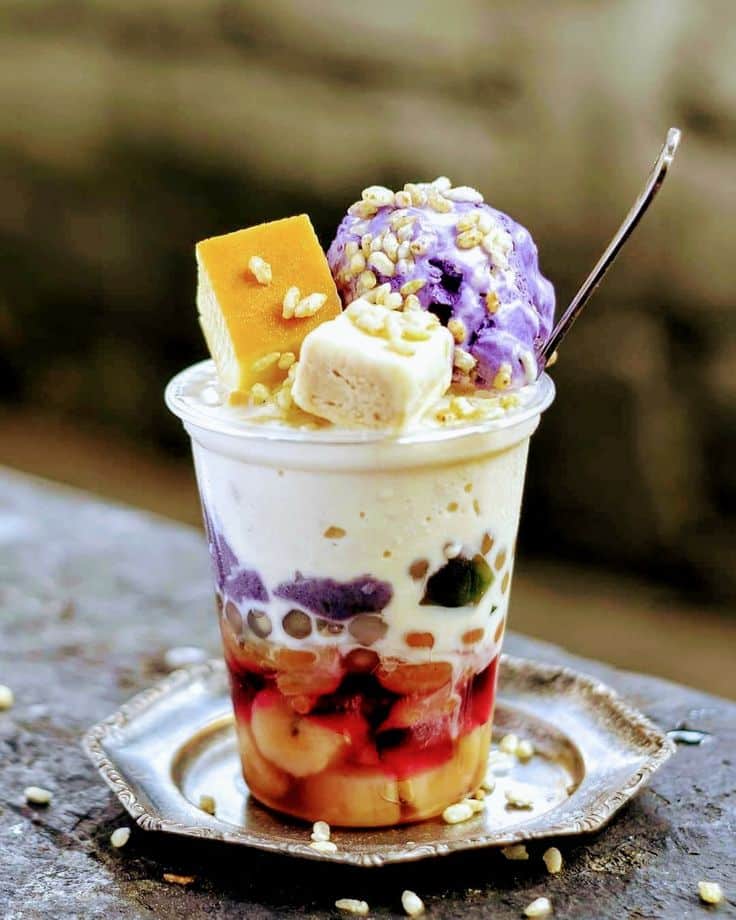
Ube Halaya
Ube Halaya, also known as purple yam jam, is a Filipino favorite for a good reason. Derived from the vibrant purple yam, locally known as Ube, this dessert carries an enchanting blend of sweetness and creaminess.
The process of making Ube Halaya is as interesting as its tasty outcome. The ube is boiled until soft, peeled, and finely grated. It is then combined with sweetened condensed milk, evaporated milk, brown sugar, and margarine, cooking until it forms a thick, flan-like consistency. The harmonious flavours of creamy milk and the mild sweetness from Ube give life to a dessert that is simultaneously mouth-watering and visually appealing with its brilliant purple hue. You can also try the ube ice cream to sate your taste buds after a hearty meal.
2. Pastillas de Leche
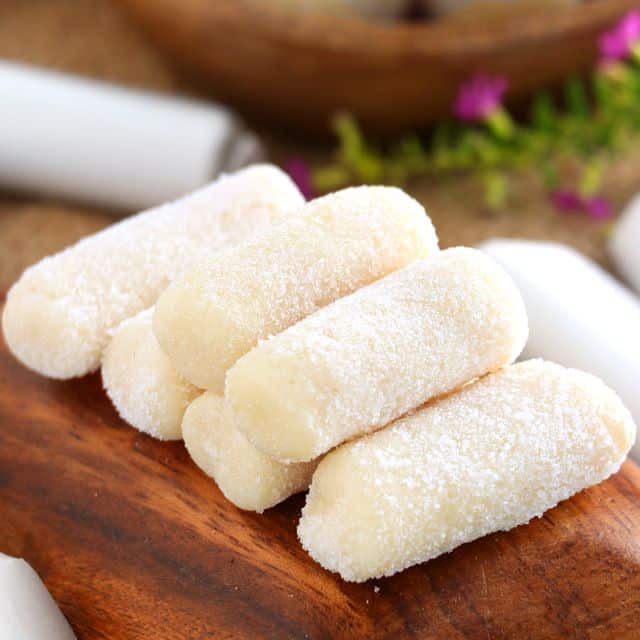
Pastillas de Leche
Making it to the popular list of Filipino’s Dolce de Leche is the Pastillas de Leche. Translated as ‘Milk sweets,’ this dessert embraces the love Filipinos carry for condensed milk.
Pastillas de Leche carries a Spanish influence in both its nomenclature and its flavour profile. A bite into Pastillas is all you need to open doors to a rich fusion of creaminess and sweetness. The recipe of this dessert is fairly simple – using only condensed milk boiled down and local carabao’s milk, with sugar added for an extra touch of sweetness.
3. Leche Flan
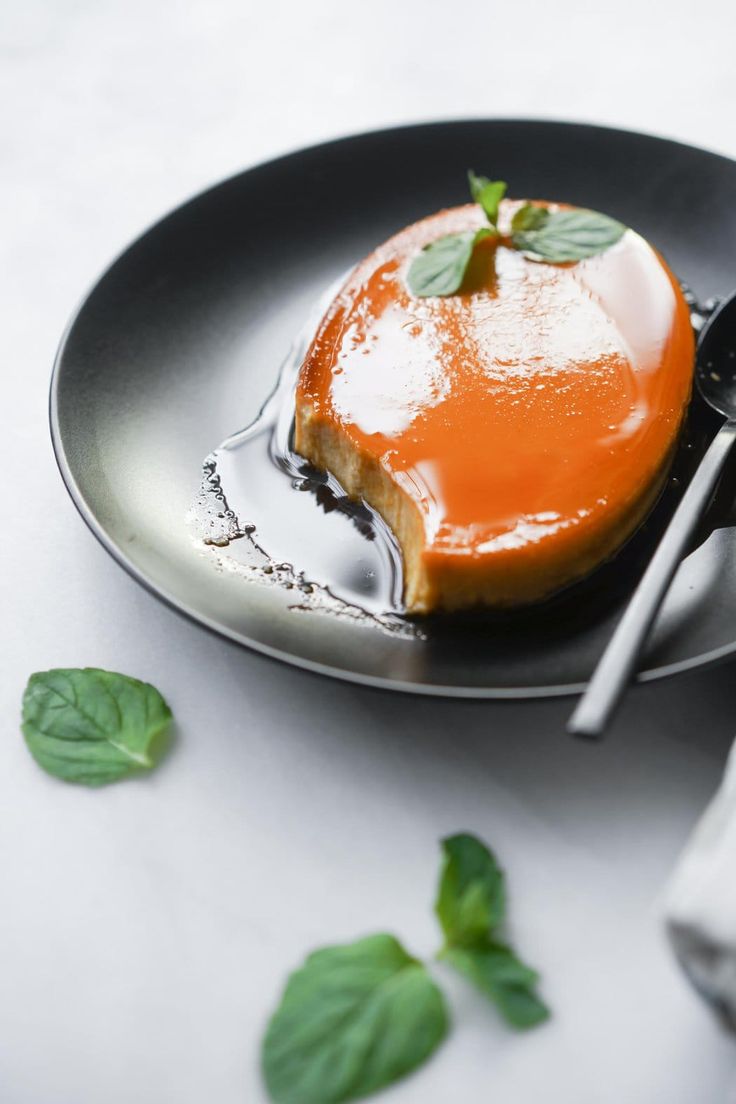
Leche Flan
Being one of the most beloved desserts in the Philippines, a savoury journey through Filipino cuisine without embracing the creamy rich Leche Flan could be incomplete. This custard dessert made from egg yolks, condensed milk, and evaporated milk holds the essence of Spanish influence on Filipino cuisine.
The preparation of Leche Flan involves an interesting method popularly known as the ‘ Bain-Marie’ or a water bath. The mixture of beaten yolks and milk is poured into caramel-lined molds known as ‘Llaneras,’ then cooked in this water bath until solidified.
4. Puto Bumbong
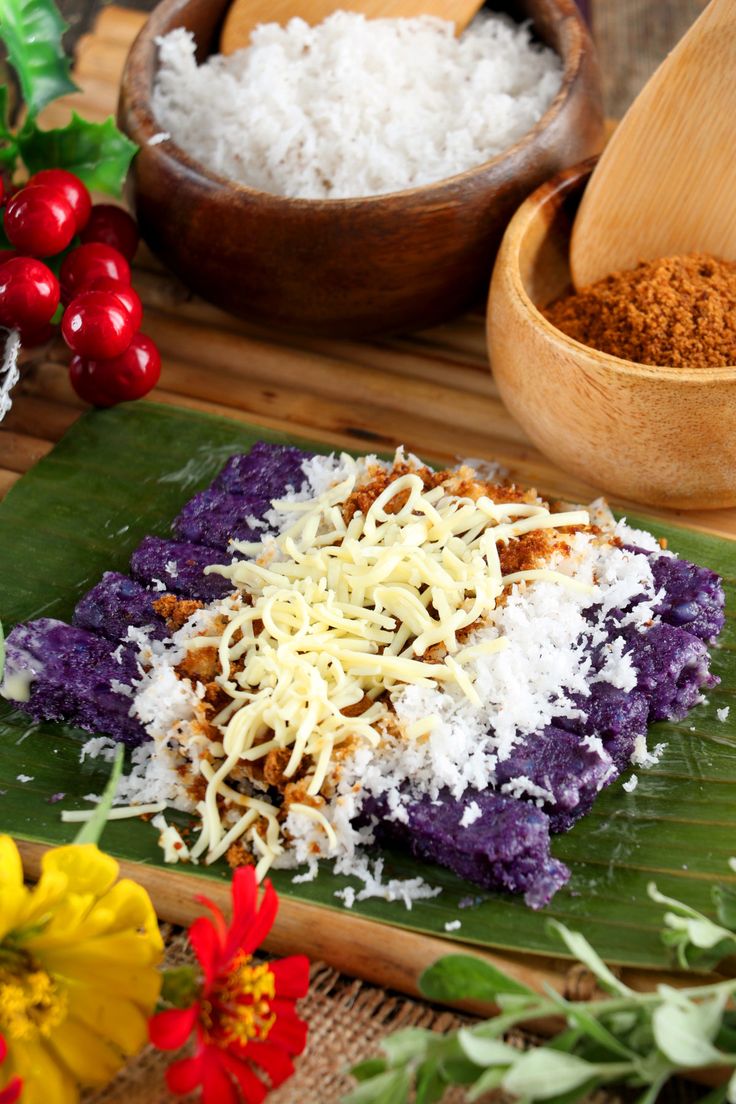
Puto Bumbong
Riding the wave of holiday festivities in the Philippines is Puto Bumbong, a unique dessert that doubles up as a Christmas tradition. With an unmistakable purple colour, this sticky rice delicacy reels in Filipinos and tourists alike, especially during Simbang Gabi, the nine-day series of masses celebrated before Christmas.
The preparation of Puto Bumbong begins by soaking pirurutong, a dark-coloured, glutinous rice in water for a day. Then the rice is ground and shaped into tubes wrapped in banana leaves. These tubes are then cooked in bamboo shoots called ‘bumbong ng kawayan’ over hot steam.
Conclusion
Summing up the intricacies of Filipino cuisine leads to one conclusion — it’s a beautiful medley of flavours from around the world. With influences from Spanish, Chinese, and American cultures, alongside a wide array of local ingredients, every Filipino dish speaks volumes about the country’s cultural history. Whether it’s the sour-spicy Sinigang, creamy Leche Flan, or the sweet-fruity Halo-Halo, Filipino cuisine introduces diners to versatile flavour profiles.
Frequently Asked Questions
What is the traditional food in the Philippines?
Filipino cuisine boasts a rich tapestry of flavours and influences, including elements from chinese cuisine. Adobo, Sinigang, and Lechon are just a few traditional delicacies to savour in a traditional way. Among these, arroz caldo stands out as a comforting choice. Street vendors offer a blend of sweet, sour, and savoury tastes, contributing to the unique culinary experience of Filipino dishes that shouldn’t be missed.
How to find the most authentic dishes while traveling?
By exploring local markets, asking residents for recommendations, and trying street food, you can uncover the most authentic dishes while traveling. Embrace culinary adventures to savour traditional flavours and experience the true essence of a destination.
Are there vegetarian or vegan Philippine cuisine options available?
Yes, there are plenty of vegetarian and vegan Philippine cuisine options available. From tasty vegetable dishes like Pinakbet to flavourful vegan versions of classic adobo, you can savour a variety of meat-free delicacies in Filipino cuisine.
Which region is known for the best Philippine dishes?
The Central Luzon region is renowned for its delectable Philippine dishes. From the flavourful Kapampangan cuisine to the hearty Bulacan specialties, this region offers a wide array of mouth-watering delicacies that are sure to satisfy any food lover’s palate.

